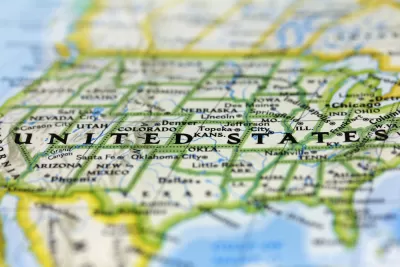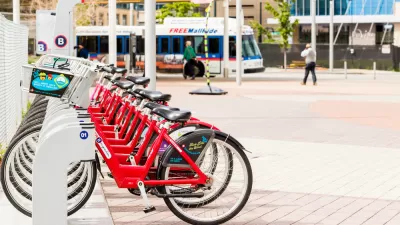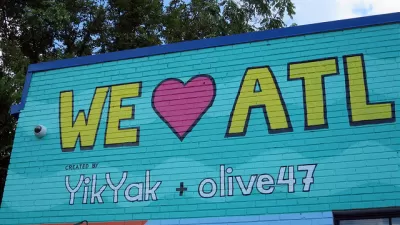California, the largest state by population in the United States, is responsible for 33% fewer carbon emissions per capita than any other state, according to a new study published in the Proceedings of the National Academy of Sciences.

The Proceedings of the National Academy of Sciences journal published "The carbon footprint of household energy use in the United States," a peer-reviewed study of about 93 million homes which shows that 20% of greenhouse gas emissions in the United States can be attributed to residential energy use. The study also found California households to be a step ahead of those in other states in limiting its carbon footprint, producing 33% fewer carbon emissions, reports Evan Webeck. "San Francisco’s household emissions were nearly three times lower than the national average — 1.03 tons of carbon dioxide per capita vs. 2.83 for the U.S. — and lower than any other major city included in the research paper. In Los Angeles, the average household contributed 2.28 tons of carbon dioxide for the year, compared to 3.64 in Oklahoma City, 3.11 in Denver and 2.69 in Boston," writes Webeck. The study was conducted to assess which states and communities needed to make the most dramatic change to meet goals set by the Paris Climate Agreement for the years 2025 and 2050.
A few key indicators accurately predicted which states have the most significant carbon footprints. The vast majority of the lowest carbon-emitting states were in the west while all of the greatest carbon carbon-emitting states were in the south and central United States. Another key indicator: income. Households in U.S. zip codes with the highest incomes "contributed 25% more carbon dioxide than households in low-income neighborhoods," Webeck says. Webeck adds that density, usually associated with decreased carbon dioxide emissions was not correlated with decreased carbon emissions to the same extent as income correlation.
FULL STORY: California way ahead in game of life and death: carbon emissions

Alabama: Trump Terminates Settlements for Black Communities Harmed By Raw Sewage
Trump deemed the landmark civil rights agreement “illegal DEI and environmental justice policy.”

Planetizen Federal Action Tracker
A weekly monitor of how Trump’s orders and actions are impacting planners and planning in America.

The 120 Year Old Tiny Home Villages That Sheltered San Francisco’s Earthquake Refugees
More than a century ago, San Francisco mobilized to house thousands of residents displaced by the 1906 earthquake. Could their strategy offer a model for the present?

San Francisco Opens Park on Former Great Highway
The Sunset Dunes park’s grand opening attracted both fans and detractors.

Oregon Legislature to Consider Transit Funding Laws
One proposal would increase the state’s payroll tax by .08% to fund transit agencies and expand service.

Housing Vouchers as a Key Piece of Houston’s Housing Strategy
The Houston Housing Authority supports 19,000 households through the housing voucher program.
Urban Design for Planners 1: Software Tools
This six-course series explores essential urban design concepts using open source software and equips planners with the tools they need to participate fully in the urban design process.
Planning for Universal Design
Learn the tools for implementing Universal Design in planning regulations.
Clanton & Associates, Inc.
Jessamine County Fiscal Court
Institute for Housing and Urban Development Studies (IHS)
City of Grandview
Harvard GSD Executive Education
Toledo-Lucas County Plan Commissions
Salt Lake City
NYU Wagner Graduate School of Public Service





























